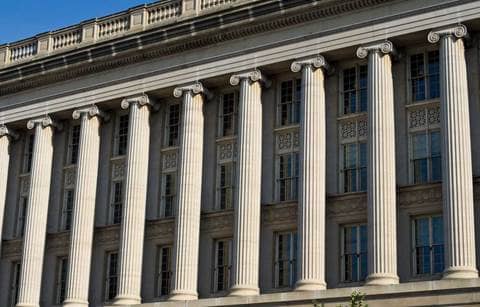The Internal Revenue Service (IRS) recently announced that beginning in tax year 2016 it would increase the de minimis safe harbor amount to $2,500 for businesses that expense capital assets. The tangible property regulations that went into effect in 2014 originally required that assets over $500 be capitalized and depreciated, but numerous comments pointed out that this amount was too low to provide significant relief to affected taxpayers.
The change applies only to businesses that do not prepare audited financial statements. To qualify, those businesses must expense the asset purchased for book purposes pursuant to an “accounting policy.” That policy should be consistently applied throughout the year and could be as simple as actually expensing assets of $2,500 or less on the books as they are purchased. While not required, it is recommended that businesses have a written policy, especially for businesses that are increasing their de minimis expensingthreshold from $500 in 2015 to $2,500 in 2016. For businesses that do prepare audited financial statements, the threshold remains at $5,000 and the rules require that the accounting policy be written.
Despite the previous $500 threshold discussed above, many businesses that do not prepare audited financial statements still maintain de minimis expensing thresholds larger than $500 for book purposes. While the new $2,500 threshold first takes effect for the 2016 tax year, the IRS has said it will provide audit protection to eligible businesses by not challenging use of thresholds up to $2,500 in tax years prior to 2016 as long as allother applicable requirements were met.
Businesses should avoid confusing the tangible property de minimis expensing threshold with the asset expensing provisions found in Section 179 of the Internal Revenue Code. Amounts expensed for assets that are deducted under the de minimis expensing rules for tangible property are not considered in the calculation of asset purchases for the purpose of the Section 179 deduction. The amount of the Section 179 deduction is uncertain for tax years 2015 and 2016 due to the status of the “extenders” bill in Congress. Currently businesses can expense up to $25,000 of eligible property under Section 179, but that may increase to as much as $500,000 if Congress extends the rules that were applicable to previous tax years. Action isexpected on this legislation over the next several weeks.
If you have questions on how this change might affect your business, please let us know.





